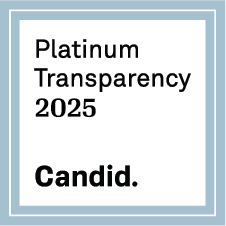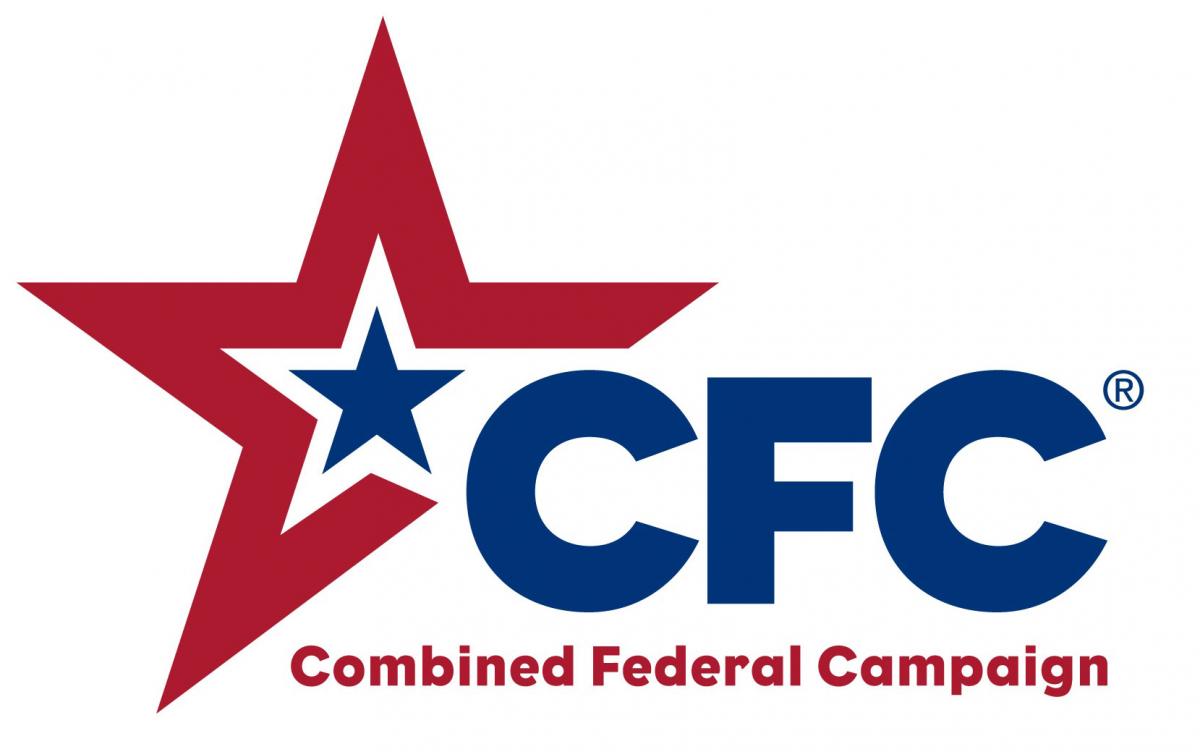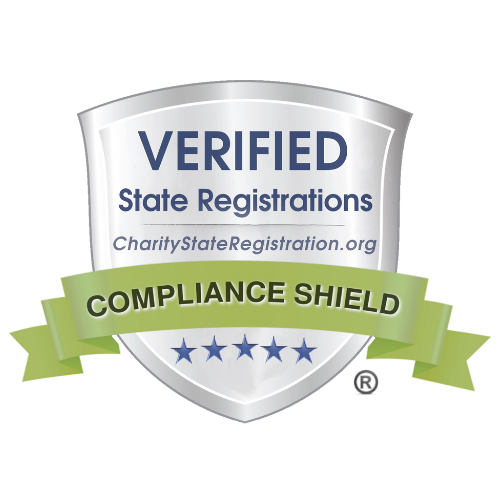Summary of Immigrant Ineligibility for Federal Public Benefits
Last Updated
State-Specific Toolkit on Ineligibility for Public Benefits
This toolkit is designed for practitioners who are helping their clients overcome the public charge ground of inadmissibility. Both U.S. Citizenship and Immigration Services and the Department of State consider it a positive factor if the applicant shows that he or she will not qualify for one of the designated public benefits due to his or her income or immigration status. To demonstrate this, the agencies suggest submitting evidence from each federal, state, local, or tribal agency that administers one of the designated public benefit programs. In lieu of trying to gather such evidence, CLINIC has developed documentation for those states with the highest immigrant populations that identifies the income ceilings for the appropriate public benefit programs and immigration status requirements. The documentation in this toolkit contains a template explaining why the applicant would not be financially eligible for the programs in each respective state based on his or her income and that of the sponsor. It also contains a document setting forth the federal bars to eligibility based on immigration status — both for applicants for lawful permanent resident (LPR) status as well as for LPRs.
The toolkit is comprised of three documents:
1. Overview of Financial Ineligibility for Public Benefits
Practitioners will enter the estimated annual income and assets of the applicant in the fillable form, as well as the income of the sponsor who completed the affidavit of support. This total will indicate whether the applicant’s financial resources exceed the eligibility guidelines for applicable public benefits. Included is a summary of the state-specific income and asset limits for Temporary Assistance to Needy Families (TANF), Supplemental Nutrition Assistance Program (SNAP) and Federal Medicaid for adults aged 19-64. Also included is a table indicating the 2020 Federal Poverty Guidelines (FPG) as well as various percentage increases above FPG. Data was collected from several sources to produce these summaries, including manuals, handbooks, state and government websites, and statutes. The information is current as of May 27, 2020. Citations to these sources allow practitioners to verify this information and search for updated guidelines. This is a general summary of financial eligibility and is not intended to be used to apply for public benefits. These documents use the FPG, since that is the standard used by the USCIS and DOS, even though some states use the Federal Poverty Line (FPL) index, which is slightly different.
Click here to view State-Specific Financial Ineligibility Documents*
Click here to view Percentages Over 2020 Federal Poverty Guidelines
2. Applicant Ineligibility for Federal Public Benefits Based on Immigration Status
This document supports the fact that ‘’qualified” immigrants (ages 19-64) with newly acquired LPR status are not eligible for Supplemental Security Income (SSI), SNAP, TANF and federal Medicaid for at least five years after immigrating. The document includes relevant statutes and an easy-to-read chart that illustrates public benefit ineligibility.
Click here to download the document
3. Applicant Unlikely to Receive Section 8 Housing Choice Voucher Program, Section 8 Housing Project-Based Rental Assistance, or Public Housing
This third document supports the applicant’s statement that he or she is unlikely to seek or obtain any of the three designated housing programs. This is based both on his or her history of not residing in federally supported housing and the fact that waitlists for public housing are excessively long.
Click here to download the document





